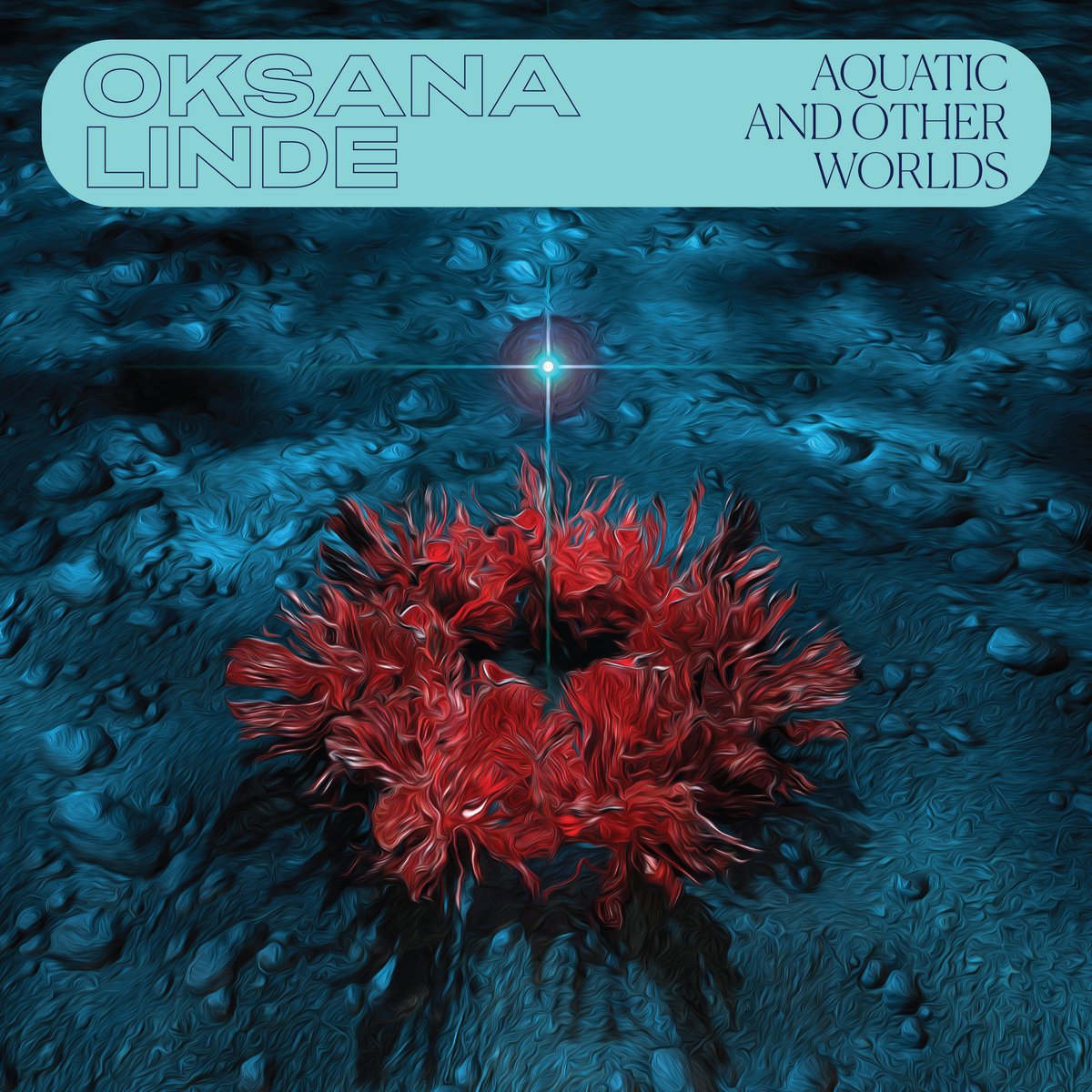Rodrigo Ambriz
Ruinas y Casamatas
Self-released, 2022
Without sounding dated, Ruinas y Casamatas takes us back to the early days of musique concrète, in which textures and timbres abounded, forming sound collages to tell a story or simply to invite us to appreciate sound in its pure form.
Rodrigo Ambriz is an artist who really succeeds in highlighting the possibilities of magnetic tape as an instrument, and this album takes us back to the early days of musique concréte, in which curiosity was the main driving force, where textures and timbres abounded forming sound collages that told a story or simply invited us to appreciate sound in its pure form.
To talk about Ruinas y Casematas in formal terms is useless and could even taken as offensive, but it is worth mentioning how well the album flows and how well crafted each piece is. The tracks are not exactly erratic, but they all have a bizarre and quite hypnotic cadence due to all the details that appear as they progress. Everything is in constant motion and there are no moments where it feels like Ambriz lost his way by getting stuck in tiresome loops. This makes Ruinas y Casematas feel like one of the most accessible albums - and I use this word very carefully - the artist has done to date, but without sacrificing the extreme essence that has identified him since his beginnings; everything is still there, albeit presented in a different way, just not so guttural as it once was. And this is because the voice, one of the inherent and most recognizable elements of Rodrigo's work, is almost completely absent, or at least it is not in the same spotlight where his growls, shouts and other phonetic contortions used to shine. We are now left with glimpses of lacerated vociferations that haunt with their almost imperceptible presence, like elusive psychophonic manifestations that vanish the very moment they are trying to be deciphered.
This sans vox dynamic was already showing since La Impaciencia de los Abismos (2020), but there were still a couple of tracks where the voice continued to have a strong pressence; however, this new feature is not something that negatively affects the experience, as it is a sign of Ambriz's evolution and constant search for new channels of expression, as well as his total dedication to the exploration of sound and its malleability.





